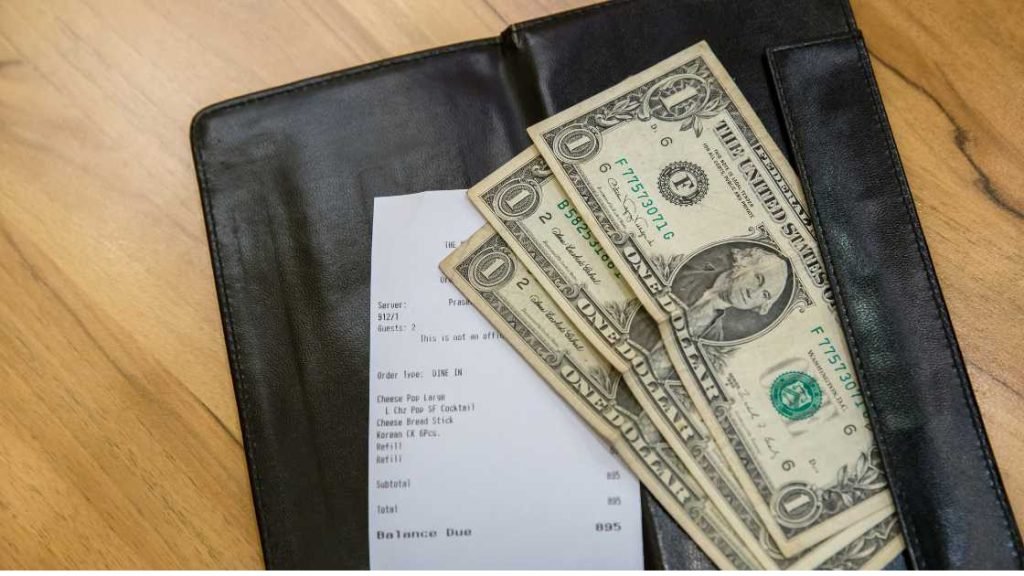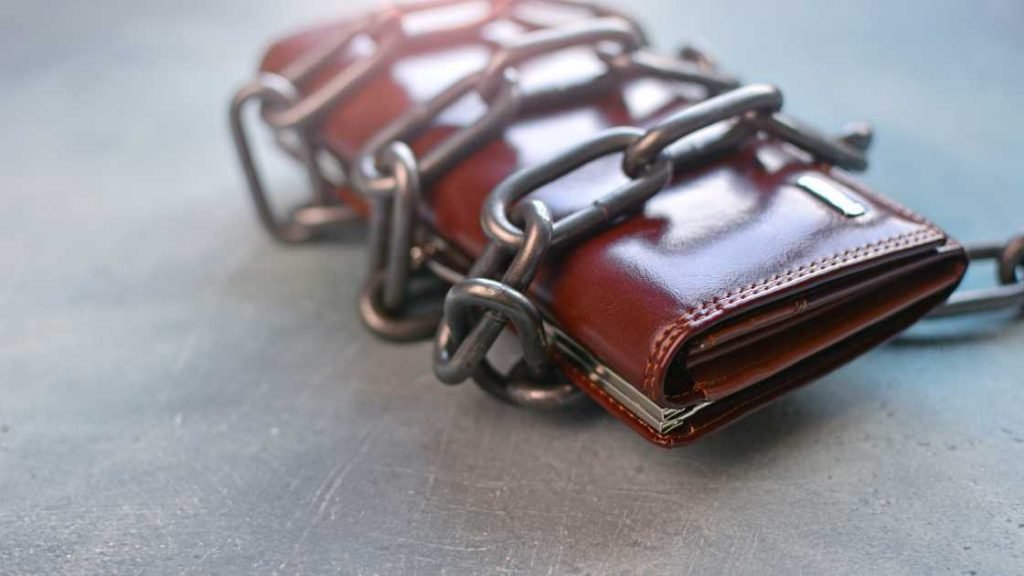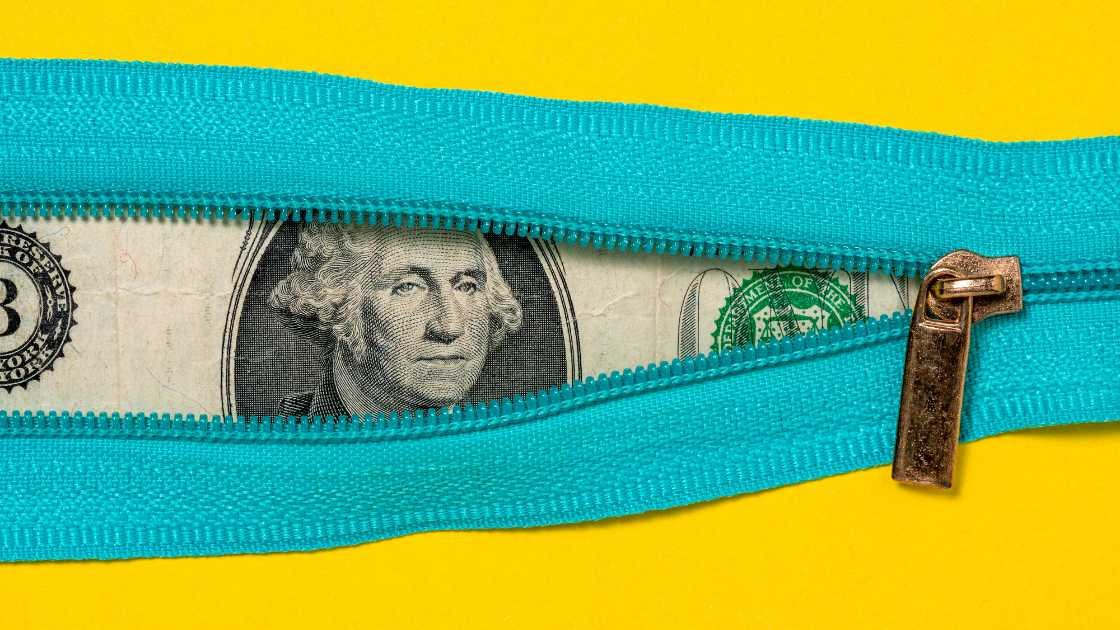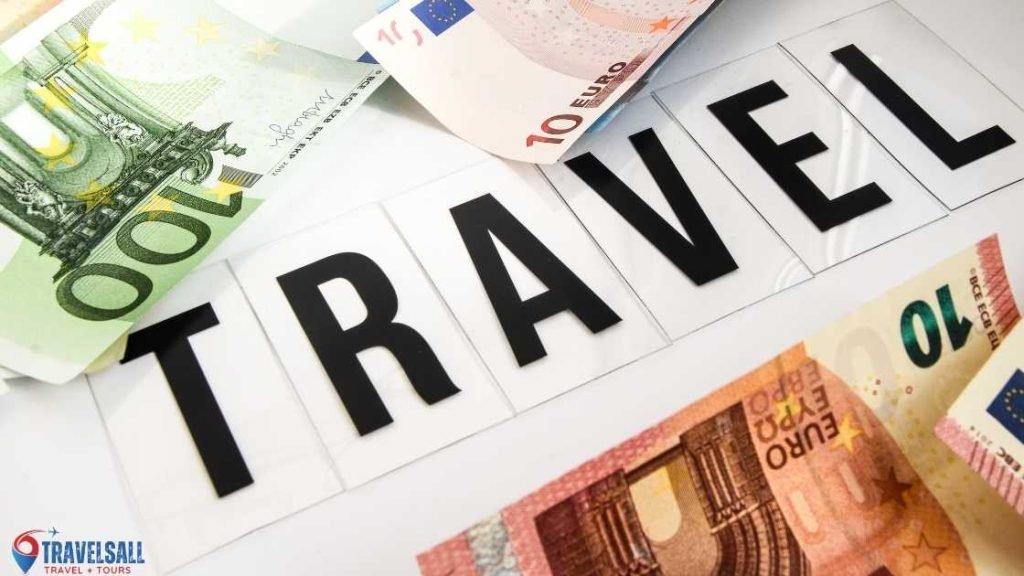Curious about how much cash is safe to travel with? Traveling with no more than $300 in cash is generally safe. Exceeding this amount may increase security risks and complicate customs declarations.
Deciding on the right amount of cash to bring when traveling is crucial for convenience and safety. Carrying too much can expose you to theft or loss, while too little may leave you stranded in case of emergencies.
It’s vital to find a balance, ensuring you have enough money for tipping, small purchases, and unforeseen expenses without being burdened by excess cash.
Consideration of your destination’s access to ATMs and acceptance of credit cards can also influence how much money to carry. Keeping cash secure and discreetly tucked away, alongside using a mix of payment methods, can minimize risks and improve your travel experience.
Always check local laws and customs regulations regarding cash limits to avoid legal hassles while crossing international borders.
Table of Contents
ToggleCash Travel Tips You Shouldn’t Ignore

Preparing for a trip involves meticulous planning, especially when it comes to money. While card payments are often secure, carrying cash remains essential.
Travelers face the dilemma of how much cash to bring without compromising safety or convenience.
Follow these cash travel tips to keep your funds secure and your mind at ease.
Assessing Destination And Local Economy
The financial landscape varies greatly from one destination to another.
- Research the local economy before traveling.
- Determine if cards are widely accepted or if cash is king.
- Identify ATM availability and fees in your destination.
- Estimate daily expenses based on activities and dining plans.
Consider splitting cash among different locations to reduce risk.
Understanding Legal Currency Limits
It’s not just about how much to carry, but also about legal restrictions.
| Country | Currency Limit Without Declaration |
|---|---|
| USA | $10,000 USD |
| EU | €10,000 EUR |
| Australia | $10,000 AUD |
Check customs regulations and declare money if needed.
Understand the consequences of failing to declare large amounts of cash.
Pros And Cons Of Carrying Cash While Traveling
Traveling with cash is a common practice.
It offers convenience but also comes with risks.
Understanding these benefits and drawbacks is essential.
This way, you can decide how much cash to carry.
Ease Of Transactions Vs. Risk Of Theft
Carrying cash simplifies payments.
No need for ATMs or card machines.
It’s especially useful in places where digital payments aren’t common.
But, cash can easily be stolen.
- Travelers are often targets for thieves.
Carrying less cash reduces this theft risk.
Currency Accessibility Vs. Loss Potential
With cash, you avoid card decline issues.
You don’t worry about international fees either.
, if cash is lost, you can’t replace it.
- Travel insurance rarely covers lost cash.
Keeping a mix of cash and cards is wise.
This balances accessibility and security.
Countries With Cash Carrying Limits

Traveling with cash? Knowing the limits is key. Many countries enforce cash carrying restrictions. Bringing too much cash might trigger questions at customs. Staying informed ensures smooth travels.
Navigating Customs Regulations
Each country sets its rules on cash limits. Not sure about a country’s limit? Check their government website before packing the bags. Some common limits across countries are:
- USA: Over $10,000 must be declared
- European Union: €10,000 or more gets flagged
- Australia: AUD 10,000 or above needs disclosure
Failure to declare can lead to fines or even cash confiscation.
Declarations: What Needs To Be Reported?
Going through customs, you may need to declare:
- Cash exceeding the country’s limit
- Checks, bonds, or other monetary instruments
- Gold or precious metals over a certain weight
Forms are often available on the flight or at customs. Complete them accurately. Dishonesty can cause delays or legal issues.
| Country | Currency | Limit |
|---|---|---|
| United States | USD | $10,000 |
| European Union | Euro | €10,000 |
| Australia | AUD | 10,000 AUD |
Factors Influencing Cash Needs On The Road
Starting on a journey often raises the question: How much cash should I carry? This depends on various factors. Comprehension of these can help travelers make wise choices regarding their finances on the road.
Duration Of Trip
The length of your trip directly impacts the amount of cash you’ll need. For short getaways, a smaller cash reserve often suffices. Longer trips may require more funds for unexpected expenses.
Consider these aspects:
- Total days away from home
- Anticipated daily budget
- Access to ATMs or banking services at the destination
Travel Style And Spending Habits
Your travel style is a significant cash influencer. Do you prefer luxury hotels or are hostels more your speed? Are fine dining experiences a must, or is street food more your flavor?
| Luxury Traveler | Budget Conscious |
|---|---|
| Higher-end accommodations | Cost-effective lodging options |
| Gourmet meals and experiences | Affordable eateries and free activities |
| Private tours and transport | Public transportation and group tours |
Spenders should plan to carry more cash to cover their lifestyle. Savers might get by with less. Be sure to think about:
Daily must-haves include:
- Food and drink
- Lodging
- Transportation
- Entertainment
Traveler’s Checks And Other Alternatives
Deciding how much cash to carry on a trip can be tricky. Safety and convenience are key. Fortunately, there are safe and practical alternatives to carrying large amounts of cash.
Prepaid Travel Cards: Pros And Cons
Prepaid travel cards offer a balance between security and convenience.
- Pros:
- Safe alternative to cash.
- Easy to load and reload.
- Accepted worldwide.
- Not linked to your bank account.
- Lock in exchange rates.
- Cons:
- May have fees for use.
- Not accepted by all merchants.
- Can be difficult to recover if lost or stolen.
Digital Wallets: A Modern Solution?
Digital wallets are becoming a popular choice. They offer a mix of tech and security.
| Features | Benefits |
|---|---|
| Mobile payment capability | Pay with your phone. |
| Encrypted transactions | Strong security for your money. |
| No physical cards needed | Less to carry and worry about. |
Note: Internet connection is needed to access funds.
Practical Strategies For Keeping Cash Safe
Traveling opens doors to new experiences, but it’s crucial to keep your cash secure. The right strategies make all the difference in safeguarding your money from theft or loss. Learn about smart ways to carry and store cash during your travels. Follow these tips for a stress-free journey with your finances intact.
Money Belts And Hidden Pockets

Money belts and hidden pockets are travelers’ best friends. Here’s how to use them:
- Select a slim money belt to wear under clothes.
- Choose one with a soft fabric for comfort.
- Limit the cash in the belt to your day’s budget.
- Always keep a small amount in a wallet or purse for easy access.
- Consider hidden pockets in jackets or pants for extra safety.
- Check the security features like zippers or Velcro.
- Use RFID-blocking options to protect your cards.
These accessories keep your cash out of sight. They deter pickpockets and give you peace of mind.
Safe Use Of Hotel Safes And Lockers
Protect your cash-in accommodations. Most hotels offer safes or lockers. Follow these steps:
- Always use the safe in your hotel room or a locker if available.
- Test the safe before using it to ensure it works properly.
- Set a unique code that’s hard for others to guess.
- Store only the necessary cash and keep some with you.
- Remember to clear the safe and take your cash before checkout.
These secure spots in your room shield cash from potential theft. Use them wisely for stress-free travel.
Balancing Cash And Electronic Payments
Traveling brings excitement and adventure but also calls for smart money management. It’s crucial to balance cash and electronic payments to ensure both safety and convenience. With this strategy, you minimize risks and maximize ease while exploring new destinations.
Mixing Payment Methods For Security
A mix of cash and electronic payments is the key. Keep a limited amount of cash for everyday expenses. This reduces the chance of losing a large sum if theft occurs. Use electronic payments for big purchases. They provide better security and allow you to track your spending.
- Split cash into different bags or pockets.
- Use hotel safes to store excess cash securely.
- Alert your bank about travel plans to avoid fraud alerts or blocks on your cards.
When To Prefer Credit Over Cash
Use credit cards for hotel bookings and car rentals. They often require a hold or preauthorization, which is easier on a credit card.
Credit cards also provide consumer protections and may offer travel perks. For foreign travel, card payments avoid the direct currency exchange fees associated with cash.
| Cash | Credit Card |
|---|---|
| Small purchases | Large expenses |
| Local vendors | Online bookings |
| When cards are not accepted | When traveling abroad |
Local Customs And Cash Usage
Deciding how much cash to carry on a trip hinges on the local customs and cash usage of your destination. While credit cards are widely accepted in many parts of the world, cash is still king in several locales, especially for smaller transactions.
Knowing the cash etiquette of the place you’re visiting can make or break your travel experience.
Tipping Cultures Around The World
Recognition of how different countries view tipping is crucial. In the USA, tipping is expected for many services. Yet, in Japan, it might be seen as rude. Keep these cash-based tipping etiquettes in mind:
| Country | Restaurant | Hotel | Taxi |
|---|---|---|---|
| USA | 15-20% | $1-5 per bag | 10-15% |
| Japan | Not expected | Not expected | Not expected |
| Italy | Round up | 1-2 Euros | Round up |
Travelers should research this before travel. This can prevent awkward situations and ensures respect for local customs.
Local Markets: Bargaining With Cash
Local markets often operate on cash-only transactions. Here, bargaining is an art form. To engage effectively:
- Carry small denominations to avoid being overcharged.
- Stay polite and friendly to earn the seller’s favor.
- Do your research; know the going rate for items.
- Start low, but be willing to meet in the middle.
Having the right amount of cash empowers travelers to secure good deals. It also supports local artisans directly. Always keep enough cash but remain aware of safety.
Crisis Management: Lost Or Stolen Money
Traveling with cash carries risks, such as loss or theft. A sound crisis management plan ensures peace of mind.
Emergency Funds: What To Do
Emergency funds are your safety net. Follow these steps to secure funds:
- Split your cash across different bags.
- Use traveler’s checks or pre-paid debit cards.
- Store emergency numbers separately.
Set up online banking to monitor accounts. Keep a backup card hidden in your luggage.
Reporting Theft Abroad: Steps To Take
Act quickly when you notice missing money.
- Contact the local police to file a report.
- Notify your bank to block cards.
- Reach out to your embassy for assistance.
Keep digital copies of important documents safe online.
Final Thoughts: Smart Cash Practices
When it comes to traveling, handling cash demands caution and savvy strategies. Reflecting on our experiences, we extract wisdom for future journeys.
Daily Cash Limits And Diversification
Setting daily spending ceilings keeps budgets in check. Diversifying cash sources upgrades security.
- Estimate expenses before the trip.
- Carry a mix of cash and cards.
- Stay below $200 for safety and ease.
- Use hotel safes for spare cash.
- Avoid displaying large amounts in public.
Adopt these habits for stress-free adventures.
Post-travel Cash Reflections
When you’re back, assess your financial choices.
- Review spending against initial limits.
- Gauge the convenience of cash vs. cards.
- Note situations where more or less cash was needed.
These insights refine cash strategies for future trips.
Frequently Asked Questions Of How Much Cash is Safe to Travel With?
How Much Is Too Much Cash To Travel With?
Traveling with more than $10,000 in cash may require a declaration at customs. Carry only what’s necessary for safety and convenience. Check local laws to avoid issues.
How Much Cash Should I Bring On A Trip?
The amount of cash you bring depends on your destination, length of stay, and spending habits, typically ranging between $50 to $200 per day for expenses not covered by credit/debit cards. Always keep emergency cash aside.
How Much Cash Can You Legally Fly With?
In the United States, you can legally fly with up to $10,000 in cash without declaring it. For amounts exceeding $10,000, you must declare it to customs. International travelers should check regulations for the countries they are visiting or transiting through.
Is It Safe To Fly With A Lot Of Cash?
Flying with a large amount of cash is generally safe, but you must declare amounts over $10,000 to customs. Always check airline and TSA guidelines, and use a money belt or carry-on for security. Be aware of the destination’s cash import rules to avoid legal issues.
Conclusion
Determining the right amount of cash for travel is a balancing act. Stay within your comfort zone and legal limits. Prioritize safety and convenience. Plan to ensure your financial security on the go. Remember, smart money management is key to a stress-free journey.
Keep your travels joyful and your wallet secure.



